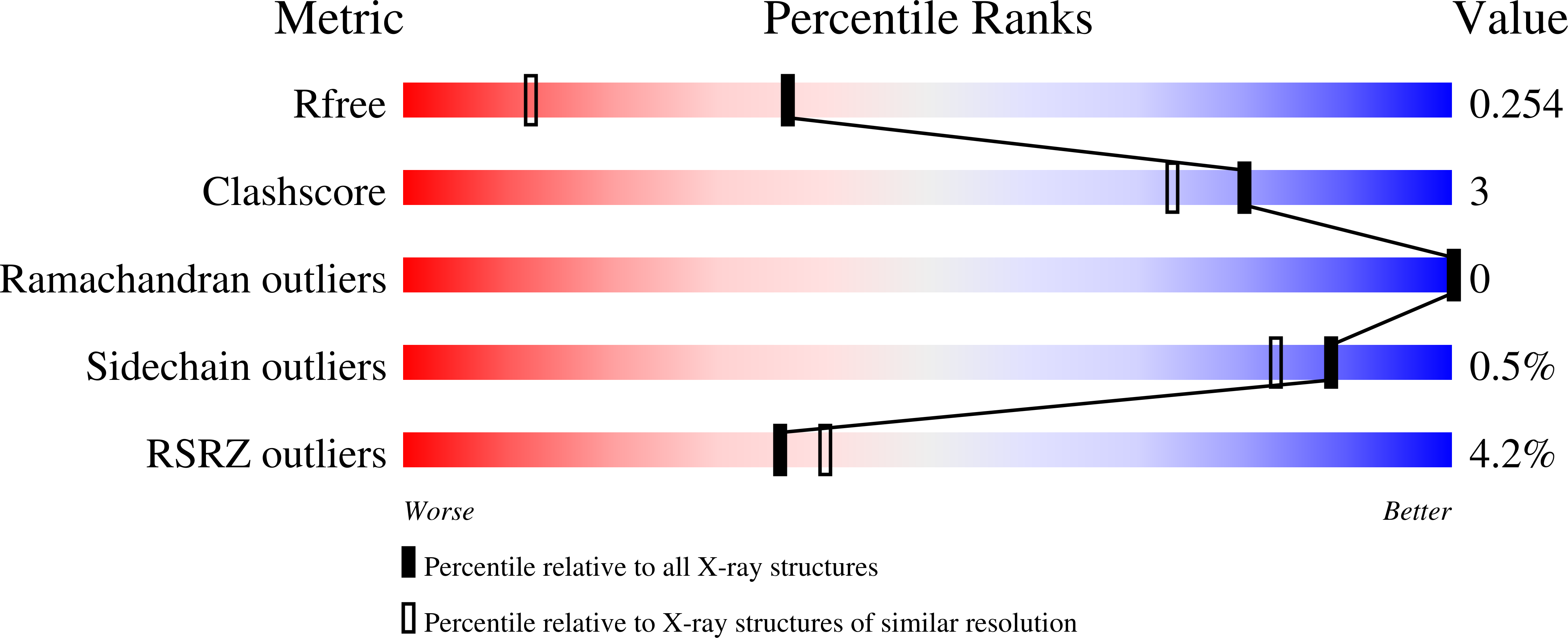
Deposition Date
2023-08-29
Release Date
2024-05-01
Last Version Date
2024-06-05
Entry Detail
PDB ID:
8QDH
Keywords:
Title:
Engineered LmrR carrying a cyclic boronate ester formed between Tris and p-boronophenylalanine at position 89
Biological Source:
Source Organism:
Lactococcus cremoris subsp. cremoris MG1363 (Taxon ID: 416870)
Host Organism:
Method Details:
Experimental Method:
Resolution:
1.72 Å
R-Value Free:
0.26
R-Value Work:
0.20
R-Value Observed:
0.20
Space Group:
P 21 21 21


